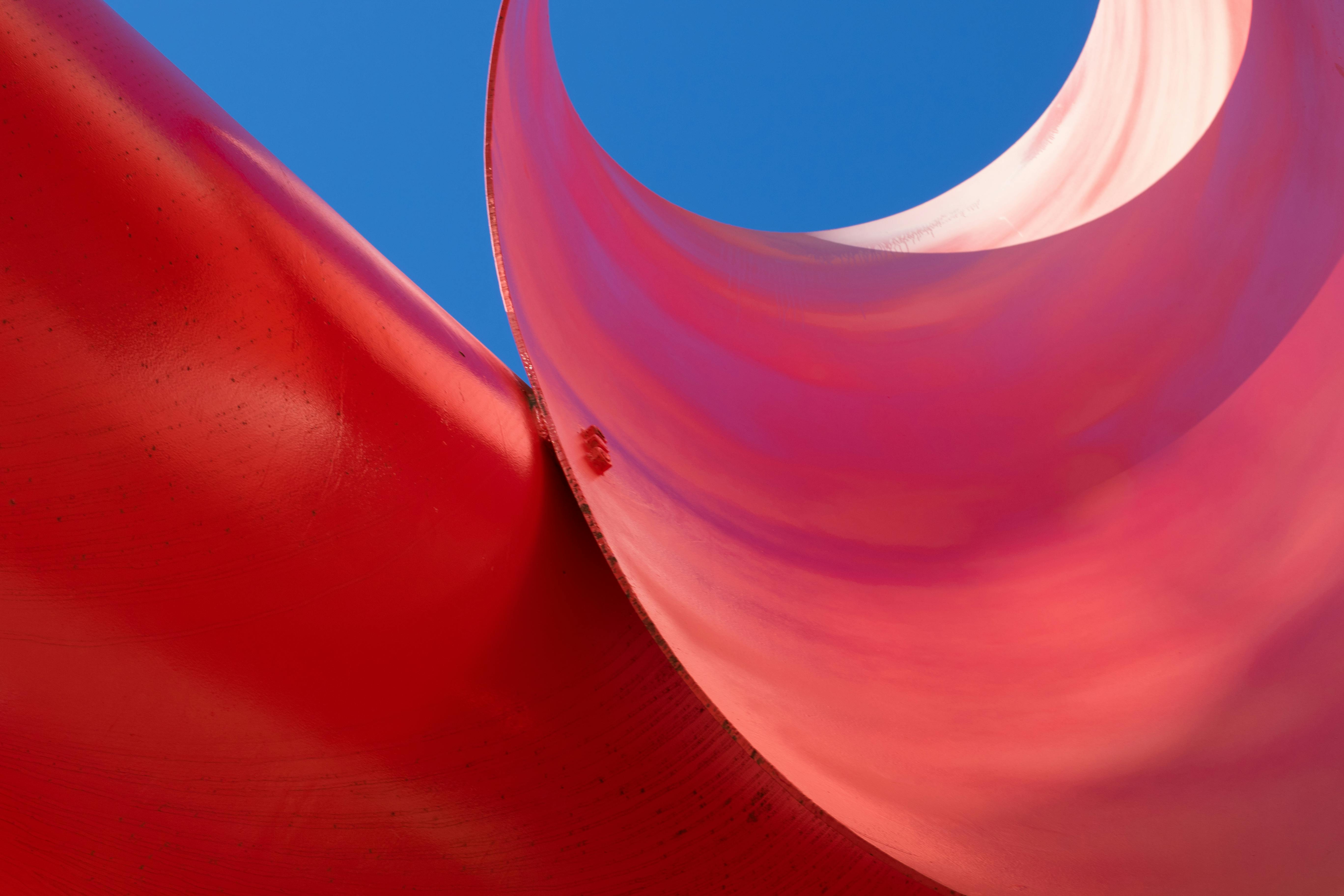Shiwan pottery: dates back five thousand years
Many decorated pieces of sandware, soft and hardware have been unearthed from the New Stone Age Beiqiu Relic excavation at Hedang, Shiwan. Decorative patterns include yarn, trellis design, leaf, ladder trellis, frogs, etc. According to carbon-14 dating from the Beijing Bureau of Archaeological Survey, these pieces were made 4,900 to 5,000 years ago. This archaeological find overturned the saying that Shiwan’s pottery industry moved from the north in the Song Dynasty. A historical perspective has a poetic appreciation of “Shiwan tile, the best in the world”. The surviving dragon kiln “Ancient Nanfeng Kiln” symbolizes the outstanding technique of Shiwan pottery.
Nanfeng Ancient Kiln – Firing for Five Hundred Years
In order to open the mysterious mask of an ancient dragon kiln, to display the legend of an ancient pottery town, to extend the life of the dragon five hundred years, it is worth studying and researching the history of Nanfeng ancient kiln.
The Nanfeng Ancient Kiln was built during the Zhengde years of the Ming Dynasty (1506-1521), a rare dragon kiln with a history of nearly 500 years that is still used to make pottery today. Now it is the Old Kiln Key Cultural Relics Unit in Guangdong Province.
For almost five hundred years the flame has never been extinguished, with constant production. Therefore, the kiln has been completely maintained without any damage, which is rare in China. It is the oldest remaining dragon kiln in China and the important cultural protection site of Guangdong province.
The opening of the Nanfeng kiln faces south. The other end is under the green shade of banyan trees, which brought a cool breeze in summer, so the kiln was named “Nanfeng”, which meant “southern breeze”. Over the long years, production had never been stopped for repairs. The current furnace chimney was built in modern times. The furnace has a total length of 34.4 meters. There are 29 rows of fire holes (5 per row) in the oven. It is said that one fire per row adds up to 29 fires. The fire pit is used to stoke wood during cooking. There are 4 doors on the side of the oven, for loading and removing products.
Flame Arts – Mysterious and Unpredictable
The composition and the heat emitted during wood firing bring unlimited changes to the clay and glaze.
The dragon kiln is divided into upper, middle and lower sections with three temperature levels, low, medium and high, ranging from 900 to 1300 degrees Celsius, and is operated and controlled solely by the kiln master, to fire different kinds of crockery.
To maintain the reducing atmosphere, the kilnmaster controls the duration and degree of heating and changes during firing, making decisions only with his discerning eye and operating according to changing circumstances. After cooking for 20 hours and waiting for the oven to cool down, he is ready to open. The resulting product has dazzling colors including blue, red, white, and green.
It goes through the entire course of pottery, which reflects the toughness and intelligence of the potters.
shiwan pottery
The ancient pottery town of Shiwan kilns twenty miles south of the city of Canton in Guangdong province. This is the most famous city in China in creating ceramic products nearly 500 years ago. Most of the national masterpieces and museum pieces created there have been collected in the national museum and by collectors from around the world.
Shiwan Ceramics was formed in the Tang and Song dynasties (618-906AD) and flourished in the Ming and Qing dynasties.
The main products such as artistic ceramics, antique garden ceramics, Spanish type tile, western tile, stone-looking tile, porcelain stoneware, artistic garden tile, etc. They are famous all over the world, especially the statues. There, a professional team of master artists has inherited and developed the remarkable tradition of Shiwan ceramic techniques, ranging from lively clay figures, statues, and animals with thick, earthy ceramic glaze, to modern ceramics with simple, elegant, and elegant patterns. frescoes, thus forming their own unique style. artistic style and making Shiwan ceramic techniques extraordinarily splendid.
Shiwan artistic pottery is divided into four types of figures, animals, micro-sculptures and everyday utensils, of which figure pottery is awarded the national Gold Medal three times in a row, animal pottery is awarded the Hundred Flowers Medal, and the Silver Cup. The medal, micro-sculpture and daily utensils are awarded the Guangdong Province Quality Product Medal. Following the principle of “quality product” which is based on elaboration, each ceramic piece with “signs” of the masters of the art is produced through six complicated procedures (including design, casting in plaster, pouring of grout to the figuration, amendment gear, glazed and burned) .
To see today’s Shiwan ceramic lady figurines




